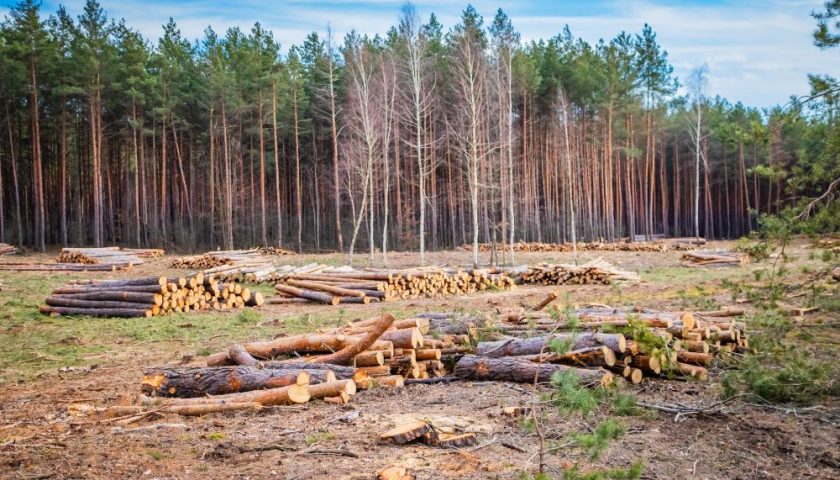NASHVILLE, Tennessee — Hotel demand from business travelers, which has been the slowest to bounce back in the U.S. hotel industry’s recovery from the COVID-19 pandemic, will return to peak 2019 levels by the end of next year, CoStar’s Director of Hospitality Market Analytics Daryl Cronk projects.
During a data presentation at the 2022 Hotel Data Conference, Cronk said three factors are contributing to the slower recovery of business travel demand: company work-from-home policies, executives reevaluating the value of business travel against teleconferencing technology and a broader economic slowdown.
“The American Hotel and Lodging Association … estimated that hotel revenues from business travel will be about $20 billion less this year than in 2019,” Cronk said. “No matter how robust the leisure recovery that we keep hearing about is, no matter how well leisure continues to do, we can’t consider travel fully recovered when we’re leaving $20 billion on the table. We need this traveler to come back.”
There are signs that the business travel recovery, while still lagging, is gaining steam, he said.
“In a recent survey from the Global Business Travel Association … three things really stood out to me regarding business travel. One, the vast majority of U.S. companies are traveling again. They’re back out on the road, maybe not at the same frequency or volume as pre-pandemic, but businesses are traveling again,” he said.
“Second, COVID is no longer the most important factor in the business travel decision. Staffing challenges, and pricing or inflation are now considered more significant factors than COVID when it comes to making business travel decisions. And third, meetings this year will make up a greater share of business travel budgets than before the pandemic.”
Cronk said CoStar’s projection that business-transient demand for hotels will recover by the end of 2023 is based in part on confidence that business executives will again recognize the value of face-to-face meetings with partners and clients. Also, as the U.S. economy grows, he said, businesses will hire more people who will travel.
Business travel is almost certainly changing.
CoStar and its hospitality analytics firm have traditionally measured business travel demand by geography and day of the week.
“Most business travel is to an urban location … and then in the middle of the weekdays, Monday through Wednesday, that’s your traditional heavy business travel days,” Cronk said.
Year to date, the occupancy gap to pre-pandemic 2019 levels is widest both at hotels in urban locations and in the middle of the week.
Hotels in “urban locations are trending in the right direction, but still had the greatest shortfall or gap to their 2019. We can drill down even deeper within urban destinations and look specifically at central business districts, and again, we see the same pattern. Any area that’s heavily reliant on business travel is lagging behind the overall recovery,” Cronk said.
While “weekend demand is basically fully recovered — and in fact, in the fourth quarter of last year weekend demand was above 2019 levels,” lower midweek hotel demand does point to business travelers booking fewer rooms, he said.
But another interesting day-of-week data trend holds some hope for hotels that are heavily reliant on business travelers.
The traditional shoulder days — Sundays and Thursdays — “have recovered almost as rapidly as weekends, [and] certainly they’ve recovered more quickly than weekdays,” Cronk said.

Part of that shoulder-day demand is coming from growth in bleisure travel that combines business and leisure.
The flexibility of remote work, which has also been cited as a headwind for business travel, is enabling some of those travelers to extend their weekends to three or four days, he said.
The shift in company policies away from requiring employees to work from home to allowing remote work could actually be helping business travel demand for hotels.
“Even if you’re not going into your office by choice due to the remote-work opportunities, you can still choose to travel. So we’re seeing occupancy in those central business districts go up even as office occupancy has plateaued,” Cronk said.
Chase Oeser, regional sales manager at STR, said in a separate data presentation during the conference that during some weeks in June, Sunday and Thursday hotel occupancy actually matched Friday and Saturday occupancy.
“I think we’ll continue to see what defines the ‘new business traveler,’” Oeser said. “We’re still sort of seeing how that plays out. We’ve seen the Sunday percent share [of occupancy] grow substantially in 2020, especially in the second quarter.”
Some business travel is also coming from groups.
Cronk said that while data from TripBAM shows corporate travel bookings “are still about one third below 2019 levels … June group demand [for luxury and upper-upscale hotels] was only about 5% below June of 2019, really close to pre-pandemic levels.”
The true test will come from hotel performance data in October, “once we get into the fall when leisure travel goes through a seasonal slowdown and we see what’s left and how much of it is truly a recovery in business travel,” he said.
Return to the Hotel News Now homepage.





